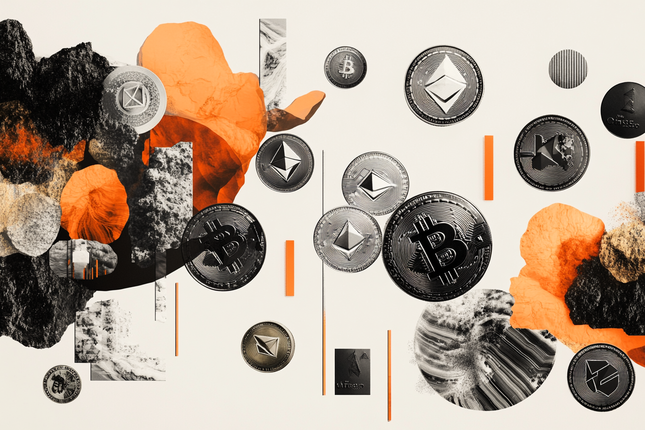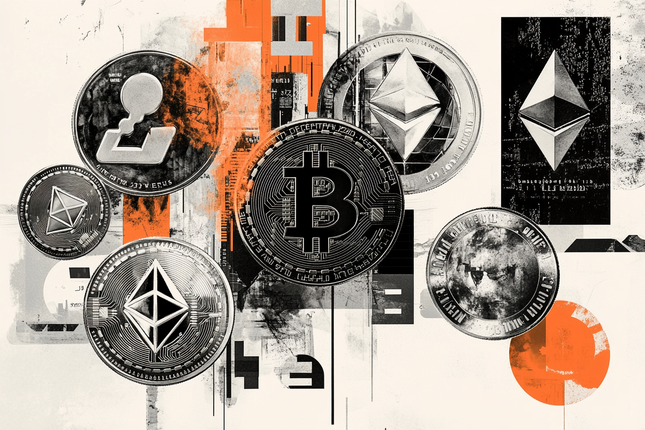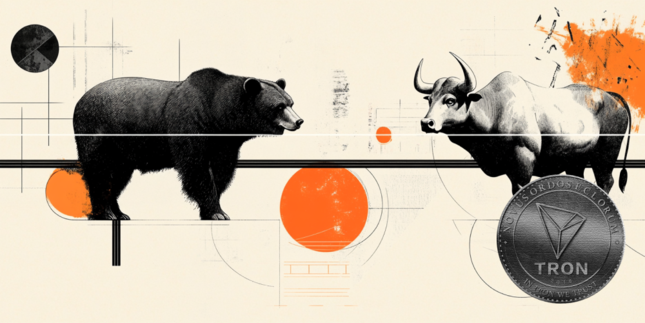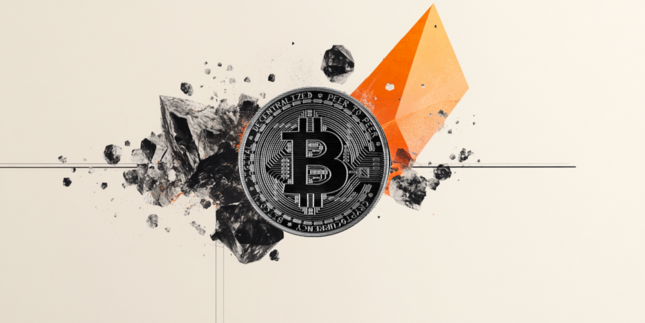After 2022, we need to do more to assure skeptical users that they can invest in cryptocurrency without fearing that their funds will be lost.
It’s hardly an exaggeration to say that our industry is facing tough times. We’ve been in the midst of a “crypto winter” for some time now, with the prices of mainstays, including Bitcoin BTC ▲ $16,609 and Ether ETH ▲ $1,199, tumbling. Likewise, monthly nonfungible token (NFT) trading volumes have fallen more than 90% since their multibillion dollar peak back in January of this year. Of course, these declines have only been exacerbated by the numerous black swan events rocking the crypto world, such as the FTX and Three Arrows Capital meltdowns. Taken together, it shouldn’t be a surprise that crypto is facing a trust deficit.
While the destructive actions of reckless CEOs must be addressed and the individuals responsible for these events must be held accountable, our industry cannot stop there if we are to rebound. To address the trust deficit that crypto faces, better security for the end user against the threat of scams and hacks must be a priority.
Don’t think so? According to research firm Chainalysis, $3.2 billion worth of digital assets were stolen in 2021. It’s not looking better for our industry this year, with $718 million in overall hacking-related losses having been reported in October alone. When it comes to scams, the picture darkens as report after report shows that known crypto scams, such as rug pulls and wallet drainers, are on the rise. Between July 2021 and August 2022, an eye-popping $100 million in investor funds were lost through unsophisticated NFT scams. And this number is likely an under-count given that most NFT scams are micro-scams impacting individual users that never get reported.
Phishing links trick end users into emptying their wallets. Front-running schemes with videos promising “HUGE RETURNS” to convince people to download bogus software that gives con artists access to their assets. Even direct attacks that disrupt bridges like Ronin and Nomad. Look around and you’ll see that scams and hacks aren’t just costing the crypto industry billions in digital assets — they’re eroding trust in crypto in a more meaningful way than even the black swan events of 2022.
Sure, we can shun and cast out the Sam Bankman-Frieds and Do Kwons and all the other bad-actor CEOs. But if we want to convince the general public and customers that crypto is safe to interact with and invest in, we must tackle the problem of scams and hacks head-on.
How exactly can we make Web3 safe for all? The basic principles of cryptocurrency lie in decentralization, transparency and immutability. Crypto should be for everyone, and for that to be the case, we as an industry must lower users’ required effort and associated level of risk with regard to getting started with crypto, whether that’s purchasing or trading NFTs, or buying and selling Bitcoin. As it stands, crypto is too complex and difficult for everyday people to understand. With the absence of better tooling and anti-scam software, it’s simply too easy for scams and hacks to take place and spread.
The development of anti-scam tools is certainly one way our industry could turn the tide against scams and hacks. Continually increased investment in security layers, and systems to compensate users in the event of hack or scam-related losses will help. But if the cost and headache of security for end users remains higher in crypto than it is in traditional finance, robust mainstream adoption will never occur. This is perhaps our biggest barrier to rebounding as an industry and onboarding the next 100 million users.
The first step in solving a problem is recognizing one. Our industry has a trust deficit, and scams and hacks have just as much to do with it as the FTX and Three Arrows debacles. Crypto is often colloquially referred to as a “dark forest,” where transacting parties that are identified as exploitable typically end up exploited (or destroyed). I personally don’t want to live in a dark forest, and neither do users. It’s on us to create a lighted path forward. End-user security can’t be just a buzzword for our industry anymore — it must be a key pillar of our turnaround.
Information on these pages contains forward-looking statements that involve risks and uncertainties. Markets and instruments profiled on this page are for informational purposes only and should not in any way come across as a recommendation to buy or sell in these assets. You should do your own thorough research before making any investment decisions. FXStreet does not in any way guarantee that this information is free from mistakes, errors, or material misstatements. It also does not guarantee that this information is of a timely nature. Investing in Open Markets involves a great deal of risk, including the loss of all or a portion of your investment, as well as emotional distress. All risks, losses and costs associated with investing, including total loss of principal, are your responsibility. The views and opinions expressed in this article are those of the authors and do not necessarily reflect the official policy or position of FXStreet nor its advertisers.
Recommended Content
Editors’ Picks

TON Foundation appoints new CEO after $400M investment: Will Toncoin price reach $5 in 2025?
The TON Foundation has named Maximilian Crown as its new Chief Executive Officer following a wave of strategic restructuring. Crown joins TON amid heightened focus on scaling blockchain adoption via Telegram’s vast user base.

SEC postpones decision on several crypto ETF filings after Paul Atkins assumes leadership
The SEC released several documents on Thursday stating that it is delaying its decision on crypto exchange-traded fund filings from Grayscale, Bitwise and Canary Capital as it seeks more time to conclude whether or not to approve the applications.

Ondo Finance hits $3B market cap as CEO Nathan Allman meets SEC to discuss tokenized US securities
Ondo Finance met with officials of the SEC and the law firm Davis Polk to discuss the regulation of tokenized US securities. Topics included registration requirements, broker-dealer rules and proposed compliant models for tokenized securities issuance.

Tron DAO announces $70B USDT supply: Here's how TRX price could react
TRON’s USDT circulation just surpassed $70 billion, signaling rising network utility as TRX price approaches a technically significant breakout. On Wednesday, TRON DAO confirmed that the circulating supply of Tether (USDT) on its blockchain has surpassed $70 billion.

Bitcoin Weekly Forecast: BTC holds steady, Fed warns of tariffs’ impact, as Gold hits new highs
Bitcoin price consolidates above $84,000 on Friday, a short-term support that has gained significance this week. The world's largest cryptocurrency by market capitalization continued to weather storms caused by US President Donald Trump's incessant trade war with China after pausing reciprocal tariffs for 90 days on April 9 for other countries.

The Best brokers to trade EUR/USD
SPONSORED Discover the top brokers for trading EUR/USD in 2025. Our list features brokers with competitive spreads, fast execution, and powerful platforms. Whether you're a beginner or an expert, find the right partner to navigate the dynamic Forex market.